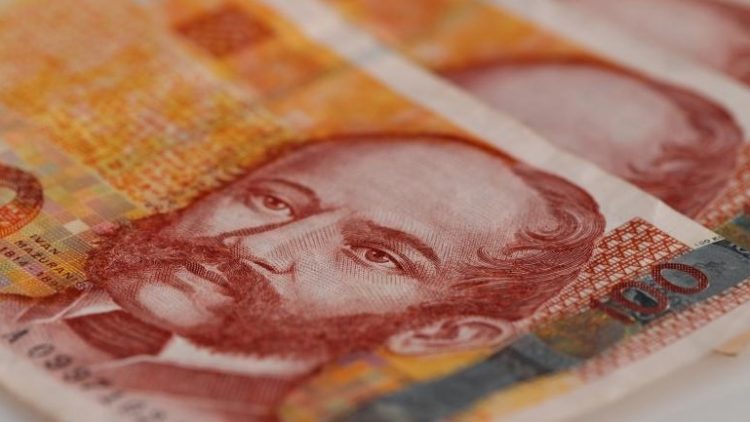
The Zagreb branch of the Croatian Chamber of Commerce (HGK) on Monday received a delegation of the Shanghai Municipal Finance Bureau (SMFB) to inform them of Croatia's tax system and investment opportunities.
The head of the Zagreb HGK branch, Zlatan Froelich, said after the meeting that the Chinese were interested in tax breaks for small and medium-sized enterprises, tax policies and ways of attracting foreign investments, notably in free trade zones.
“The delegation of the Shanghai tax authorities wanted to be informed of our investment incentives and tax system,” said Froelich.
He commended the Croatian tax system for being conducive to efforts to attract foreign investments, as evidenced by ongoing Chinese investments in Croatia.
“Chinese entrepreneurs hold 75% of the Port of Gazenica (Zadar), they are investing in health tourism in Krapinske Toplice Spa, and they are about to buy Hotel Zagorje in Kumrovec. Evidently, they are interested and we are competitive in certain niches,” he said.
The head of the Croatian Tax Administration, Bozidar Kutlesa, agreed with Froehlich’s assessment that Croatia’s tax system was competitive in comparison to tax systems in Croatia’s neighborhood.
Our Investment Stimulation Law encourages entrepreneurs, and this has been recognised by local and foreign investors, Kutlesa said, adding that investment incentives can be interesting to the Chinese and other investors coming to Croatia.
“We have reduced the tax burden on three occasions since 2016,” he recalled, adding that Croatia was set to continue relaxing parafiscal tariffs.
Bai Wei Yuan, an advisor at the SMFB bureau, said that since 1992, when Croatia and China established diplomatic relations, their bilateral ties had been friendly.
She recalled that the Chinese side was committed to the Belt and Road Initiative (BRI), launched by President Xi Jinping. This initiative is also referred to as the Silk Road Economic Belt and the 21st-century Maritime Silk Road connecting China with the rest of Asia and Europe.


